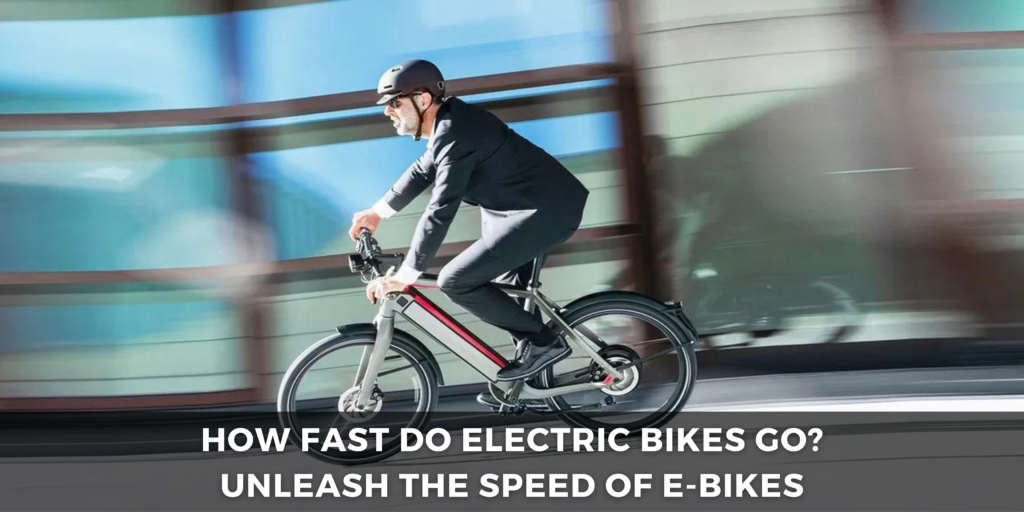
Introduction to How fast do electric bikes go
Electric bikes, also known as e-bikes, have taken the world by storm with their eco-friendly and efficient modes of transportation. They offer an exhilarating experience, and one of the most frequently asked questions is, “How fast do electric bikes go?” In this blog, we’ll dive into the exciting world of e-bikes, exploring their speed capabilities, factors that influence them, and why they’re capturing the hearts of riders around the globe. Plus, we’ll touch on the importance of safety gear, including the essential motorcycle jacket.
Understanding the Basics
Before we dive into how fast do electric bikes go, let’s start by understanding the basics. Electric bikes come in various types, including e-mountain, e-city, and e-commuters. The speed of an e-bike largely depends on its class and purpose.
E-Bike Classes
E-bikes are classified into different categories based on their maximum speed capabilities. These classes help regulate their use and define their speed limits:
Class 1: Pedal-Assist (20 mph)
- Class 1 e-bikes assist only when you pedal, and they typically have a maximum speed of 20 miles per hour.
Class 2: Throttle-Assist (20 mph)
- Class 2 e-bikes have a throttle, allowing you to reach up to 20 mph speeds without pedalling.
Class 3: Speed Pedelec (28 mph)
- Class 3 e-bikes, also known as speed pedelecs, can reach up to 28 mph but are subject to more stringent regulations.
Factors Influencing E-Bike Speed
The speed of electric bikes isn’t solely dependent on their class. Several factors affect how fast do electric bikes go
- Motor Power: The electric motor’s power plays a significant role in determining an e-bike’s speed. Higher-wattage motors can provide more speed and torque.
- Battery Capacity: The battery’s capacity affects how long an e-bike can maintain its top speed. A larger battery can sustain higher speeds for a more extended period.
- Terrain: The terrain you’re riding on, whether flat roads or hilly terrain, can impact an e-bike’s speed.
- Rider’s Weight: The rider’s weight affects an e-bike’s speed and range. Heavier riders may experience slightly lower speeds.
Motorcycle Jackets: A Vital Safety Gear
Before we move on, it’s crucial to emphasize the importance of safety gear and one of the essential pieces is the motorcycle jacket. When riding any bike, safety should always be a top priority. Motorcycle jackets protect you in case of accidents, offering abrasion resistance and armour for your shoulders, elbows, and back. Ensuring you have the right safety gear is as important as knowing how fast your e-bike can go.
How Fast Do Electric Bikes Go?
The maximum speed of e-bikes can vary greatly depending on the abovementioned factors. However, as a general guideline, Class 1 and Class 2 e-bikes typically have a maximum speed of 20 mph, while Class 3 e-bikes can go up to 28 mph.
Conclusion
In the world of electric bikes, the answer to “How fast do electric bikes go?” is dynamically influenced by various factors. Understanding the class, motor power, battery capacity, terrain, and rider’s weight is essential for unlocking the full potential of your e-bike. The thrill of riding an electric bike is not only in its speed but in its freedom, convenience, and sustainability. Make sure to equip yourself with the proper safety gear, including a reliable motorcycle jacket, to enjoy your ride safely. So, whether cruising around the city or conquering rugged trails, e-bikes are a fantastic way to enjoy the ride.

